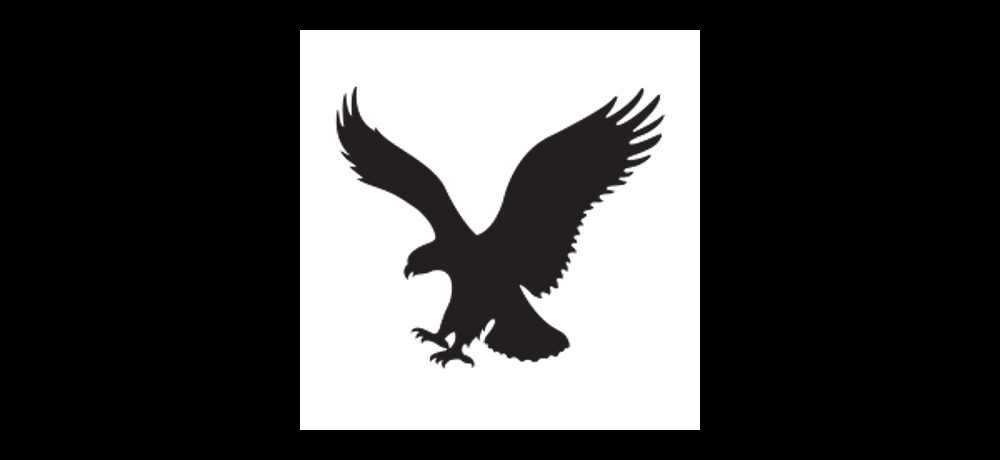Boeing's (BA) CST-100 Starliner capsule is set for its highly anticipated first crewed flight to space, as the aerospace giant vies to compete with SpaceX for lucrative NASA contracts. Scheduled for liftoff at 10:34 p.m. on Monday night from NASA's Kennedy Space Center in Florida, the Starliner, carrying two veteran astronauts, will launch atop an Atlas V rocket provided by United Launch Alliance (ULA), a joint venture between Boeing and Lockheed Martin. This mission follows two years after the Starliner's initial test voyage to the International Space Station (ISS) without astronauts and marks a critical milestone in Boeing's delayed and over-budget program.
The crew for this inaugural manned flight includes experienced NASA astronauts Barry "Butch" Wilmore and Sunita "Sunni" Williams, who have a combined 500 days in space over two missions each. Wilmore will command the mission, with Williams serving as pilot. Despite being designed for autonomous flight, the crew will practice manually maneuvering the capsule during the test flight. If all goes well, the Starliner will dock at the ISS after a 26-hour journey, approximately 250 miles above Earth. The crew is expected to spend a week aboard the station before returning to Earth with a parachute and airbag-assisted landing in the U.S. Desert Southwest.
Market Overview:
-Boeing's Starliner capsule poised for liftoff tonight on its first crewed spaceflight, vying for a share of lucrative NASA contracts against SpaceX.
Key Points:
-The CST-100 Starliner will carry astronauts Barry Wilmore and Sunita Williams to the International Space Station (ISS).
-This mission marks a crucial step for Boeing, facing commercial plane woes and needing a win for the Starliner program.
-Starliner aims to compete with SpaceX's Crew Dragon, the current sole U.S. provider for ferrying astronauts to ISS.
Looking Ahead:
-Successful launch and docking would signify a comeback for Boeing's space endeavors.
-The mission paves the way for potential future partnerships with NASA beyond ISS missions.
-Weather forecasts favorable with a 95% chance of liftoff at the scheduled time.
This mission is crucial for Boeing, which has faced significant challenges with the Starliner program, resulting in over $1.5 billion in charges due to development setbacks. The company's troubles extend beyond space exploration, as its commercial aircraft division grapples with the aftermath of two fatal 737 MAX crashes and other quality control issues. The success of this mission could bolster Boeing's reputation and secure its position in NASA's long-term plans, given the agency's goal of maintaining redundancy in ISS transportation.
NASA is counting on Boeing and SpaceX to provide reliable crew transport services to the ISS, which is set to retire around 2030. SpaceX has already proven itself with its Crew Dragon capsule, making Starliner's success imperative for Boeing to remain competitive. Depending on the outcome of this test flight, Boeing is slated to conduct at least six more crewed missions to the ISS for NASA. Mark Nappi, Boeing's vice president, expressed confidence in the spacecraft's readiness, a sentiment echoed by NASA chief Bill Nelson, who emphasized the extra attention given to this critical test flight.




